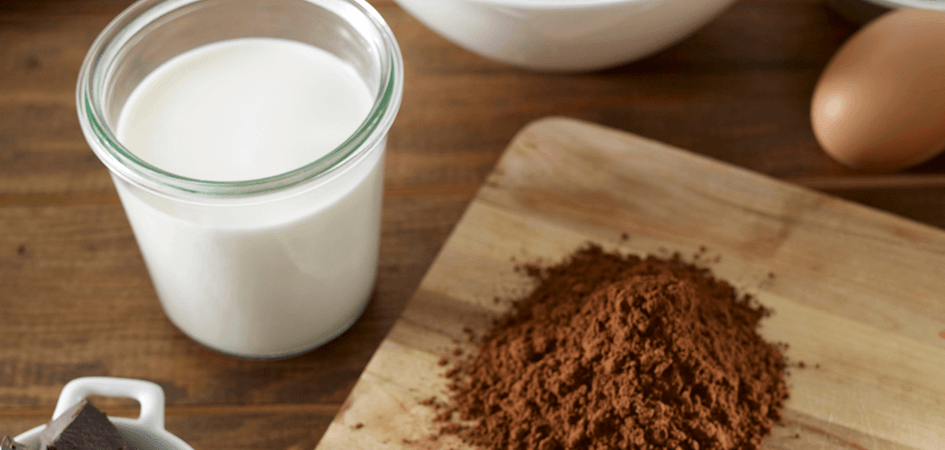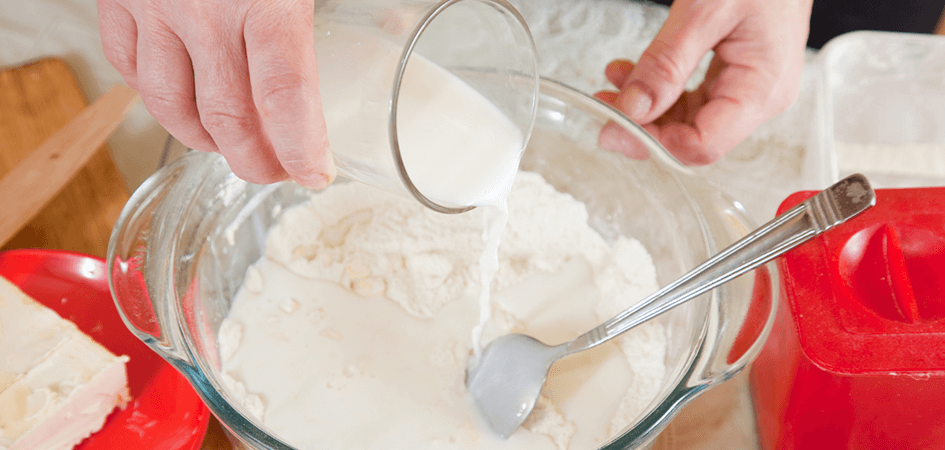
One of the richest ingredients used in baking, milk is full of nutrients like fat, proteins, sugar and many other minerals which improve the overall quality of the final product. It is also the base for multiple other ingredients like butter, cheese, curd, ghee, cream, and so much more!So, to celebrate #WorldMilkDay, here are a few cool facts about milk and interesting ways you can use it and hopefully add it to your dairy routine!

Benefits of baking with milk:
- Proteins in milk makes your batter stronger.
- Milk powder can give your baked goodies extra sweetness and a creamy texture.
- Replace water in your dough with milk and enrich your pastries with extra nutrients, get a higher pH dough and add moisture, colour, and a richer flavour to your baked products. As an added bonus, they also turn out to be softer!
- Milk can be used as a liquid while making creams and pastes.
- Milk can be used to make a rich, dense, and more flavourful bread. The bread turns out to be much softer.
- A milk wash can used instead of an egg wash if you prefer the vegetarian route.

Using milk in baking: It’s all about temperature!
Cold Milk – It can give your baked products coarse crumbs, a heavy texture and nice little air pockets! This works perfectly for biscuits and cookies, and it can give them a flaky layer to die for! But you might want to avoid it for cakes and pastries.
Room Temperature Milk – If you are looking for fine crumbs and light, room temperature milk is the way to go. While making cake, room temperature milk helps emulsification and traps in air bubbles which leads to your cake rising and a soft and tender product! Milk at this temperature works best for making a cohesive dough or any sort of batter.
Warm Milk – Using Warm milk in your recipe gives it coarse crumbs, a light texture, and a shiny top. Using warm milk helps speed things up when the recipe calls for melted butter or sugar. Yeast also activates faster when using warm milk resulting in a swifter rise for your dough!

Watch out! A few things to keep in mind while using milk:
The milk sold today is typically forced through an ultrafine mesh at high pressure to break up the fat globules, dispersing them evenly throughout the milk in the process known as homogenization. Although this might have its benefits such as better colour, taste, and longevity of milk, this also leads to a loss of nutrition. If the milk you are using in your baked goods is of lower quality, the final product also tends to be inferior.
All in all, milk is one of the most versatile ingredients you can use while baking. It can be either the star of the show or one of the best supporting characters in your recipe! It all depends on how you use it!
